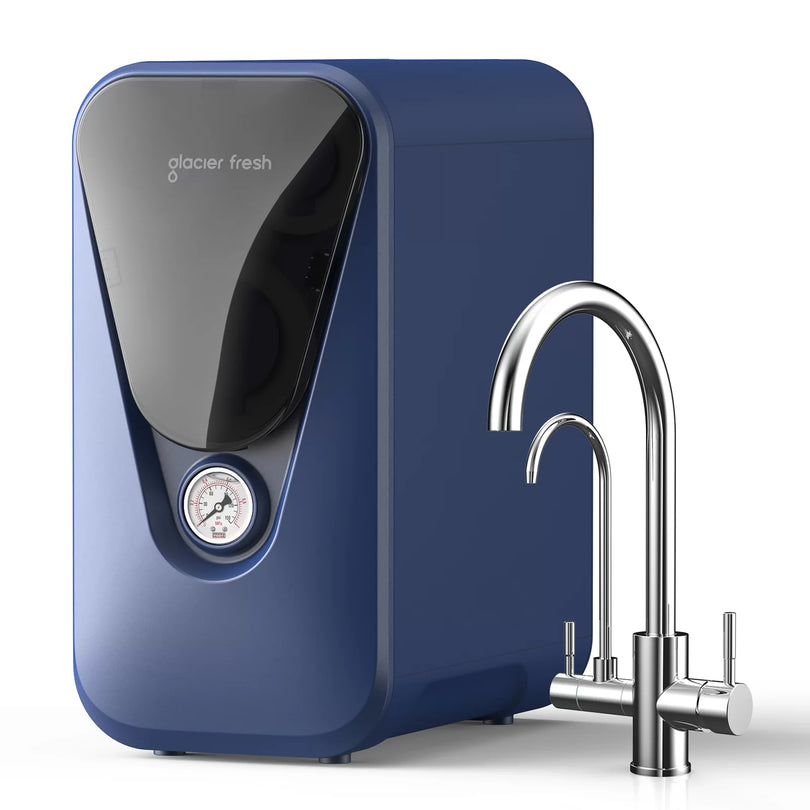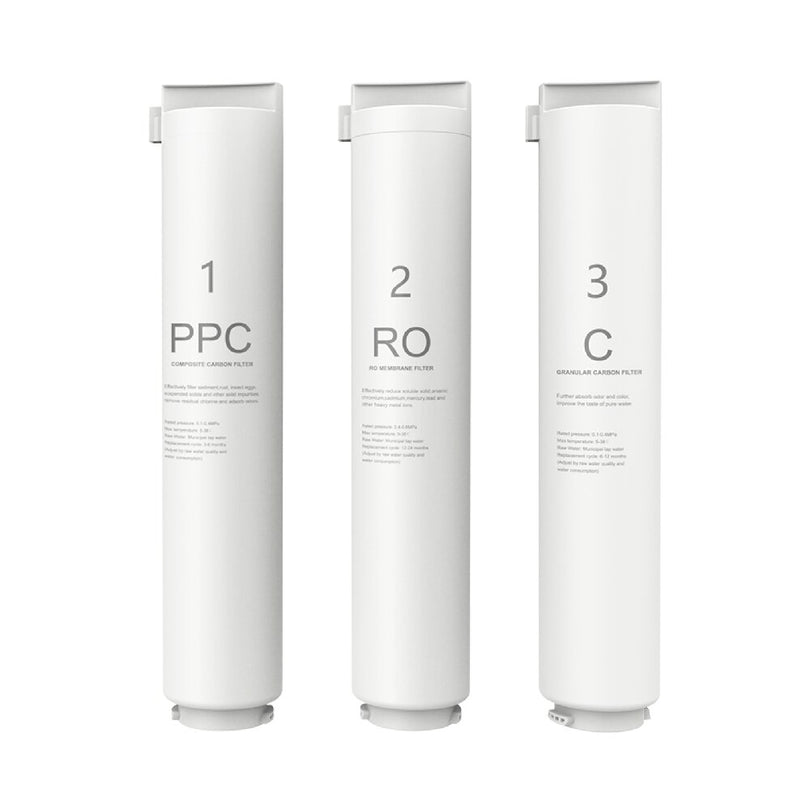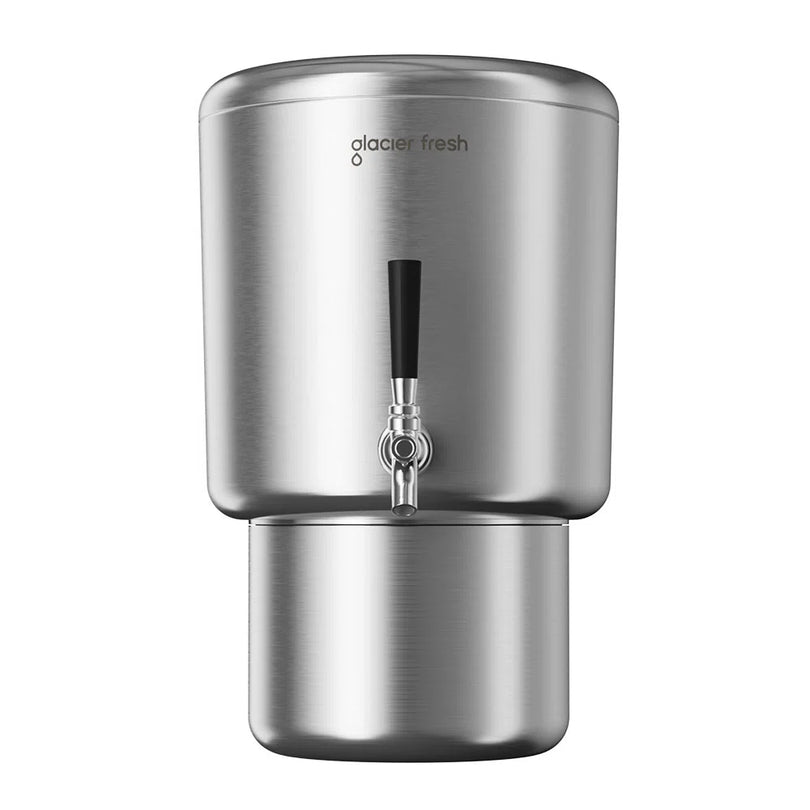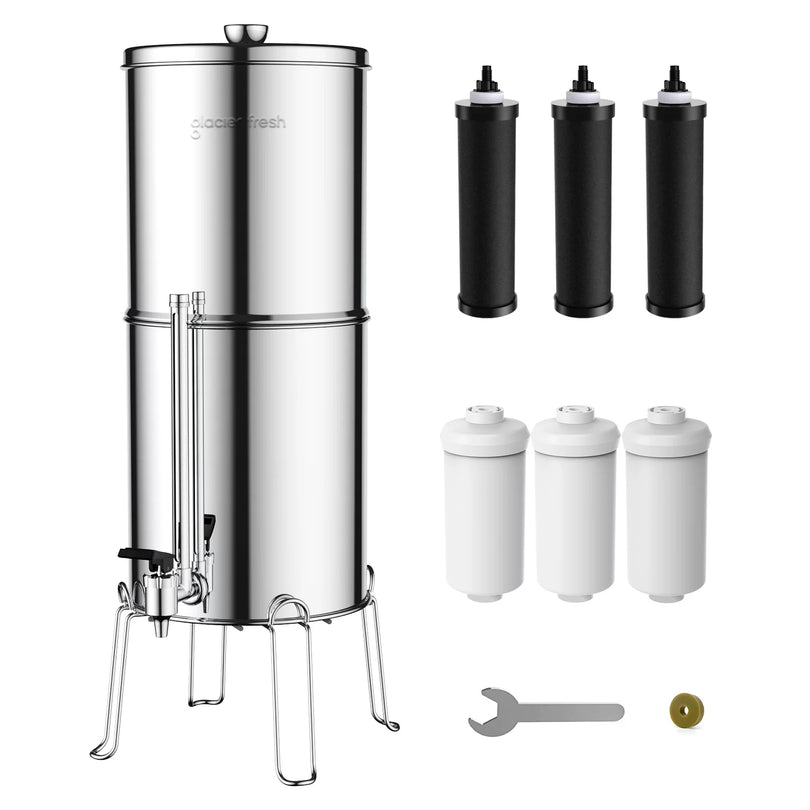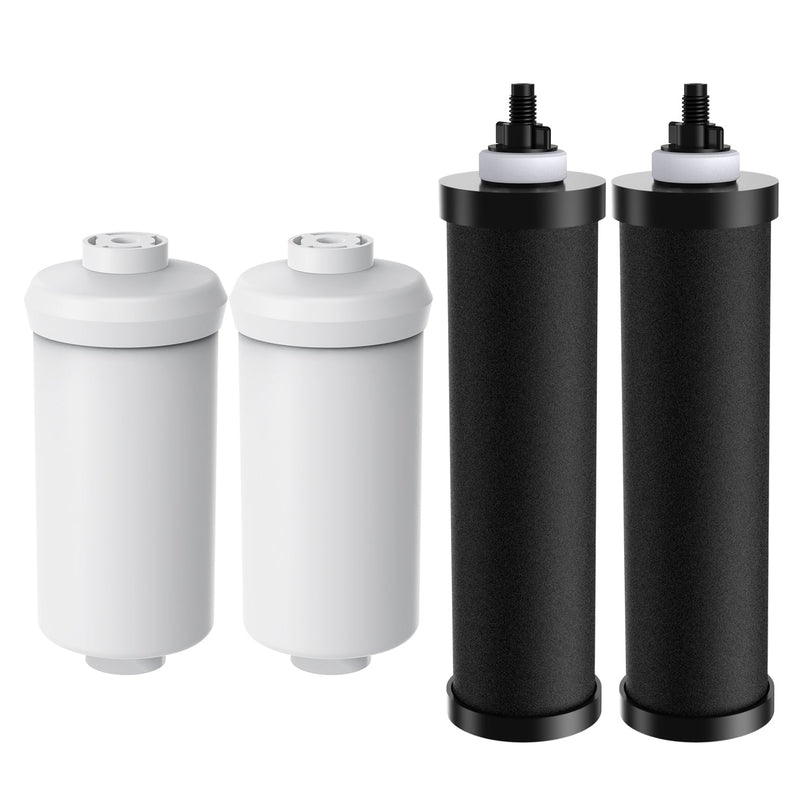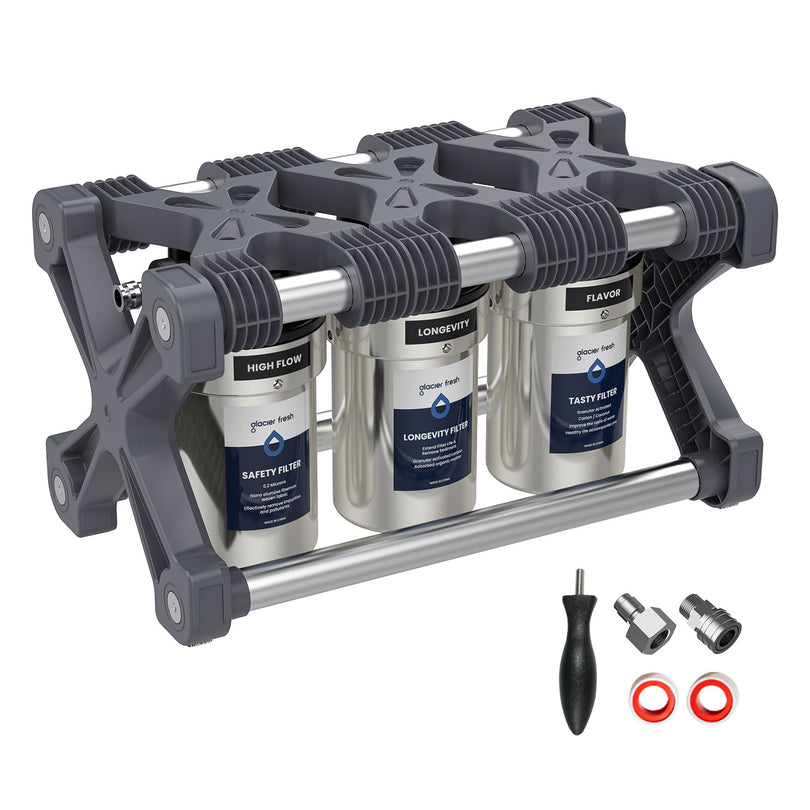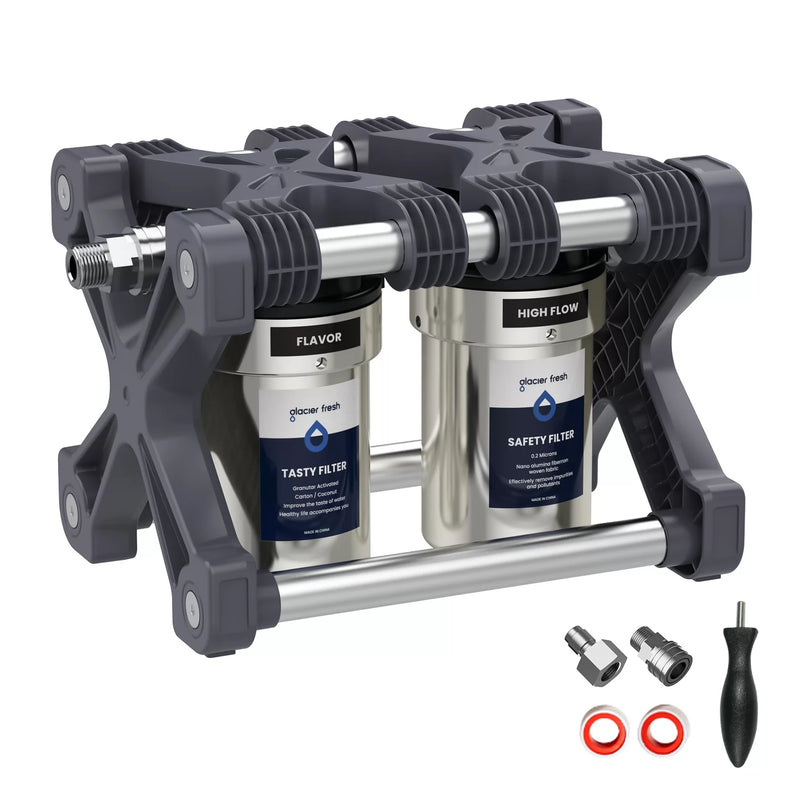Table of Contents:
Why should you test your home`s water?
Why DIY testing is your first step?
Step 1: Choose the right water test kit
Step 2: Collect your water sample correctly
Step 3: Perform the test and record results
Step 4: Interpret your DIY water test results
What to do next: understanding your water test results
FAQs
Conclusion
If you are wondering what is really in your tap water, the answer is simpler than you think. A DIY test kit can give you crucial insights in minutes. For homeowners in [City/State] concerned about common local issues like hard water or lead from aging pipes, this 4-step guide is your first line of defense for your family`s health and your home plumbing.
The good news? You don't need to be a scientist. This guide will empower you to perform an initial DIY water quality test and understand exactly what to do with the results.
Why should you test your home`s water?

Clear water isn`t always clean water. Many contaminants are invisible. Here’s why a quick check is essential:
- For municipal water users: Treatment plants do their job, but water can collect lead from old service lines or copper from your home's plumbing.
- For well water users: The EPA recommends testing your water at least annually, as you are the sole manager of its safety.
A DIY home water test kit is perfect for screening common culprits like:
- Heavy metals: Lead, copper, and iron.
- Chemical contaminants: Chlorine, pesticides, and nitrates.
- Physical parameters: Water hardness, pH levels, and sediment.
Why DIY testing is your first step?
It's crucial to set the right expectations. DIY water test kits are fantastic, affordable tools for initial screening. They can identify obvious problems and give you a general overview.
However, they have limitations. They may not detect all contaminants and are less precise than a certified lab.
Think of it this way: Your DIY test is a warning light on your car's dashboard. It tells you something needs attention, but a mechanic (a professional lab) is needed for a definitive diagnosis.
Step 1: Choose the right water test kit

Not all kits are created equal. Here’s a quick breakdown of your options:
- Test strips: The most popular and affordable option. You simply dip a strip into a water sample and compare the color changes to a provided chart. Great for a broad overview.
- Color disk kits: These often provide more precise measurements for specific contaminants, such as water hardness or chlorine. They involve adding reagents to a water sample and comparing the color to a rotating disk.
- Digital meters: Handy for ongoing monitoring of parameters like TDS (Total Dissolved Solids) and pH, providing a digital readout.
- Mail-in kits: You collect a sample at home and mail it to a professional lab. This option provides more detailed and accurate results than strips alone.
Our recommendation: For a comprehensive first-time screening, choose a multi-purpose kit that tests for at least lead, pesticides, bacteria, nitrates, chlorine, hardness, and pH.
Step 2: Collect your water sample correctly

Accuracy starts with a proper sample. A small mistake here can skew your results.
- Use the right source: Collect from a kitchen faucet—a source you use for drinking and cooking.
- Flush your pipes: Let the cold water run for 2-3 minutes first. This clears out water that has been sitting in your pipes, which provides a more accurate reading of what's coming into your home.
- Follow the kit's instructions: Use the provided vial or strip exactly as directed. Don't touch the sensitive part of the test strip.
- Pro tip: For a more complete picture, consider testing both your cold and hot water separately. Hot water can leach more metals from your water heater and plumbing.
Step 3: Perform the test and record results
Now for the main event. Patience and precision are key.
- For strips: Dip the strip for the exact time specified, remove it without shaking off excess water, and wait the required amount of time before comparing it to the color chart.
- For vials: Add the provided drops, cap the vial, shake it, and observe the color change against the provided background.
- Crucial step: Take a photo of your results next to the color chart in good, natural light. This creates a record for later reference and can be helpful if you need to consult a professional.
Step 4: Interpret your DIY water test results
This is where you decode the message from your water. Here’s a quick guide to what your results might mean:

What to do next: understanding your water test results
Scenario 1: Your DIY test was clear.
Great! This is excellent news and a sign that your water is likely in good shape. However, don't become complacent. We recommend performing a DIY screening test annually, and well users should test for bacteria more frequently.
Scenario 2: Your DIY Test Shows a Problem.
Don't panic. Remember, a DIY test is an alarm bell, not a diagnosis. For confirmation and precise measurement, you need a professional water analysis.
For homeowners in [City/State] dealing with hard water or potential lead contamination, the next step is to contact a certified local water-testing lab. They can provide you with a precise, quantitative analysis of your water.
Once you have your lab results, the experts can help you choose the perfect water filtration system like a reverse osmosis system or water softener to solve the problem for your home.
FAQs
How often should I test my water?
If you have a private well, test at least once a year for bacteria and nitrates, and every 3-5 years for a broader range of contaminants. For municipal water, an annual DIY screening test is a good practice, especially if you live in an older home.
Are DIY water test kits accurate?
They are accurate enough for their purpose: initial screening. They can reliably indicate the presence and approximate level of common contaminants. However, for legal or serious health concerns, always rely on a certified lab.
What is the most important thing to test for in water?
This depends on your location and water source. However, lead, nitrates, bacteria, and arsenic are typically the highest priority due to their immediate health risks.
Conclusion
Taking control of your home's water quality doesn't have to be complicated or intimidating. By following these four simple steps for DIY water testing, you can move from uncertainty to understanding.
Start with a DIY test for a quick and affordable overview. If that test raises any red flags, your next step is to seek a professional analysis. Get peace of mind today. Start with a DIY test, and if you have any concerns, don`t hesitate to contact a local professional for a comprehensive analysis. Your health and your home will thank you for it.

